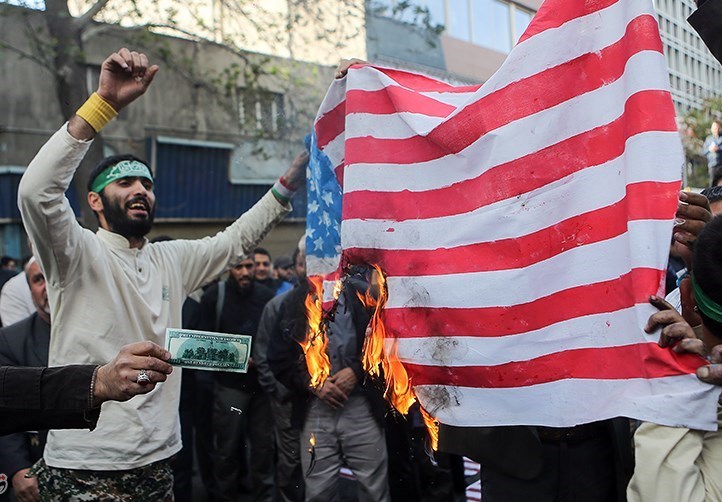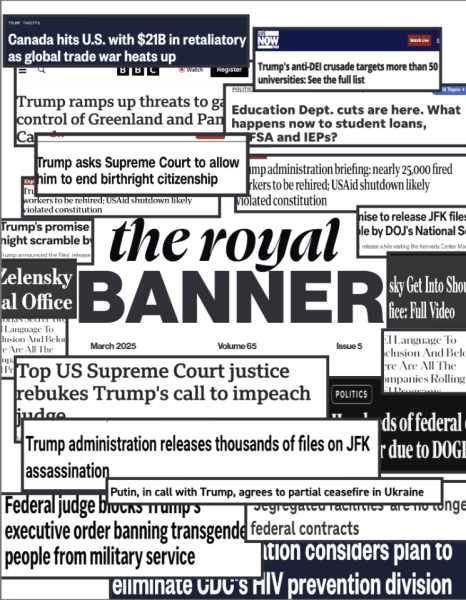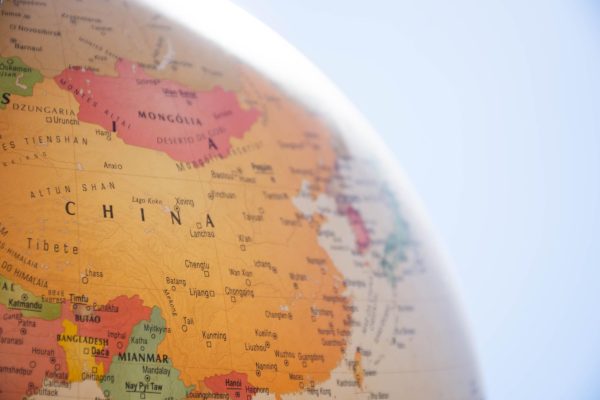A History of United States Tensions With Iran
On the evening of January 7th, missiles, launched from Iran, hit air bases which stationed United States soldiers.
How did tensions between these two countries escalate?
This is not a complete timeline. However, it includes the key events that developed the current relationship between the United States and Iran.
Timeline of the United States’ Recent History with Iran:
Following World War Ⅱ: Iran was on both the USA’s and Britain’s radar as well as the Soviet Union due to the vast amounts of oil found in the Middle East.
1951: Following the assassination of prime minister Ali Razmara, a nationalist, Mohammed Mossadegh took over as prime minister after being appointed by the Shah. Mossadegh had a clear goal of nationalizing the country’s oil industry.
March 1953: The CIA began initiating plans for a coup, also known as Operation Ajax, to put a new government in power in Iran. The coup was created to destabilize Mossadegh’s government and replace him with Zahedi, under the Shah, who was said to be more likely to cooperate with the American and British governments.
1953: There were many setbacks throughout the execution of the coup. After refusing several times the Shah told the public that he did sign decrees dismissing Mossadegh from his position and Zahedi then took his place.
Following the 1953 coup: The Shah took complete control of the Iranian government and acted as a dictator for around 26 years. Shah ruled by diminishing rights and exercised extremely brutal treatment of the Iranian people. The United States’ involvement in bringing the Shah to power and the consequences that came from the coup have continued to fuel the tense relationship between the two countries today.
1979: The Shah’s dictatorship fell after the Iranian Revolution.
April 1st, 1979: Iran was officially renamed The Islamic Republic of Iran.
November 4th, 1979: The US Embassy in Tehran was attacked and 66 American’s were taken hostage. 14 of the hostages were released shortly after being taken.
1979-1981: The 52 remaining hostages were held for 444 days before being released on January 20th, 1981.
July 3rd, 1988: A US Navy warship shot down an Iranian passenger plane killing everyone on the flight. Most of the 290 people who died were said to be on their way to Mecca. The US made a statement saying the plane was mistaken for a fighter jet.
2002: George W. Bush grouped Iran as a part of the “axis of evil” infuriating many in Iran.
2000s: The region experienced lots of back and forth on the status of Iran when it came to nuclear weapons after it was confirmed that Iran had a uranium enrichment plant.
2015: After years of negotiation, Iran and six other countries reached a nuclear/weapon agreement called the Joint Comprehensive Plan of Action (China, France, Russia, Germany, United States and Great Britain).
2018: US president Donald Trump left the nuclear deal with Iran and imposed extreme sanctions on Iran, saying the nuclear deal didn’t do enough to restrict Iran’s nuclear program.
June 2019: Iran shot down a US drone, which the US military said was flying over international waters.However, Iran stands by their decision, claiming the drone was in their territory.
December 31st, 2019: A militia group supported by Iran attacked the US Embassy in Baghdad, Iraq.
January 3rd, 2020: Iranian military commander, Gen Qasem Soleimani, is killed in a strike authorized by Donald Trump in response to the attack on the US Embassy days before.
Reporting from these sources was used in this piece:
Your donation will support the student journalists of Fairview High School - CO. Your contribution will allow us to purchase equipment and cover our annual website hosting costs.

This is Lindsay's second year writing for the Royal Banner. She loves pasta, playing tennis, traveling and hanging out with her dogs.









